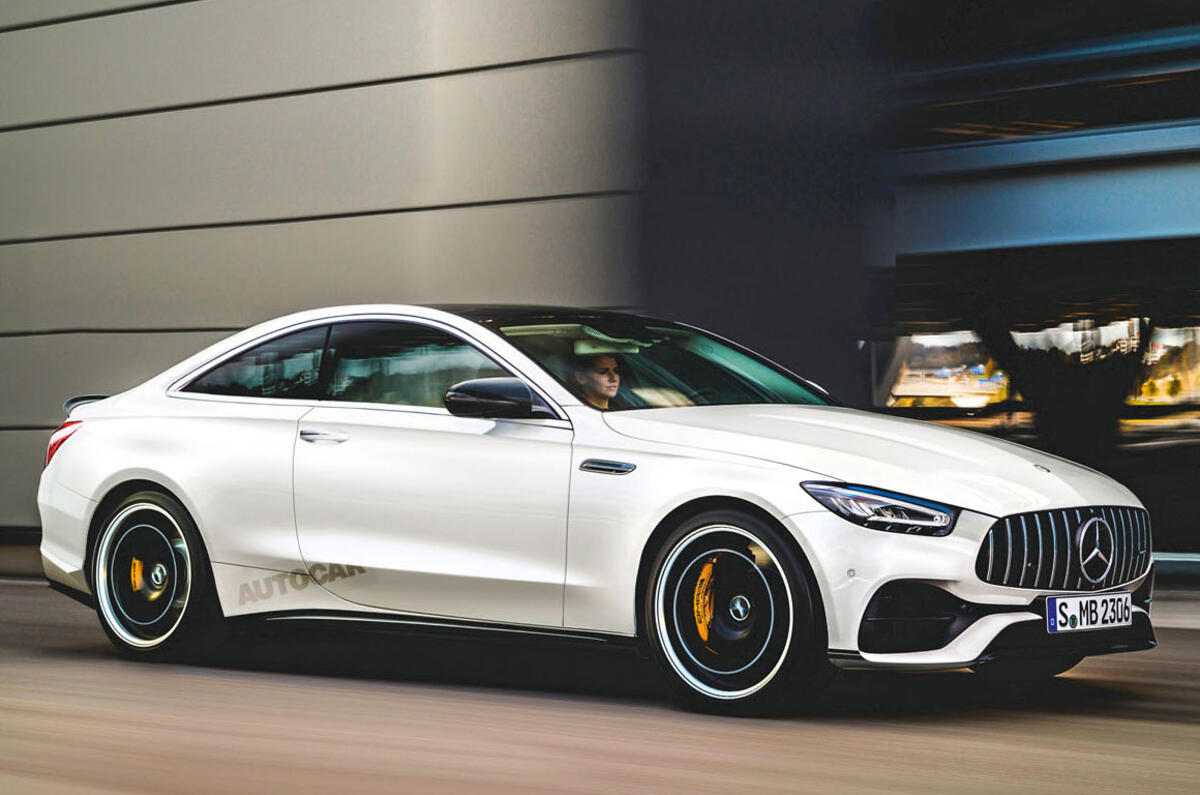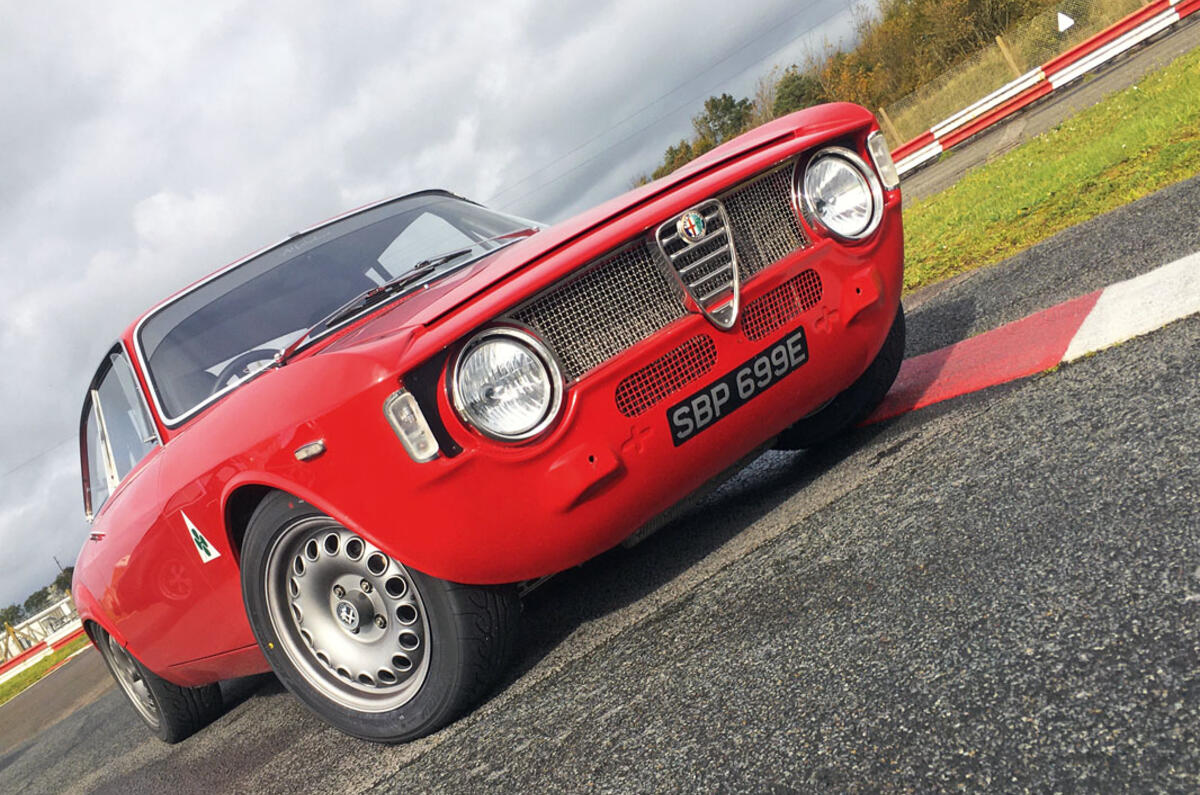I read that when Mercedes-AMG boss Tobias Moers heard the next C63 would need to adopt a hybrid four-cylinder engine, so that Mercedes could meet its CO2 emissions targets, he walked out of the meeting. And it wasn’t to go and buy celebratory bunting.
Moers likes multi-cylinder engines – making engines is what AMG started life doing, after all – and thinks V8s, as fitted to the Mercedes-AMG C 63 at the moment, are the heart of the company.
But the rules are the rules: big car makers need to find a way for their cars to emit an average of 95g/km of CO2 in 2021, phasing down to 81g/km by 2025 and 59g/km by the end of the next decade. There are minor complications based on weight and how many cars a company makes, but that’s the short of it. And if they don’t comply, they pay the EU money on every car they sell, for every g/km by which, on average, they miss the target.
Which means AMG isn’t the only one with grumpy engine enthusiasts. For companies on the breadline – which is most mainstream manufacturers, whose ambitions are a modest single-percentage-figure profit – finding 95 euros to pay per car, per g/km by which the whole fleet exceeds a target, is unthinkable. Increasing prices so customers pay it is no more palatable, either. And so they’ll meet it. Ask them and they’ll say: it’s not optional.
And yet the desire to bring you and me performance cars is still there. Which brings us not just a four-cylinder hybridised C63, but also a fast Peugeot 508 hybrid, the mooted rebirth of Vauxhall’s VXR as an electric-only performance brand and, at Ford, uncertainty about whether there can be a new Focus RS at all, given what we’ve come to expect of an RS.
Certainly, the days of just slapping a big engine in something and making a ‘halo’ model out of it are gone.
The will is there – because car companies like performance cars as much as we do and it’s good for them, overall – but in trying to find different ways to give them to us, there doesn’t seem to be the concession that customers would accept the ‘performance’ bit changing. Things go as they always have: a new model comes along, with more power than it had before, and it’s probably a bit bigger and heavier and faster and more capable, while trying to be less consuming.












Join the debate
Add your comment
Much as I love the sound and
Much as I love the sound and feel when driving of a well-engineered 6 or 8 cylinder engine (I've had plenty of them), the whole notion of tailpipe emissions is rapidly becoming moot, and any manufacturer still predicating its future on any form of internal combustion is heading rapidly for oblivion. Even in today's world, a C63 gets embarrassed by most Teslas, and wouldn't actually know which way a Model 3 had gone down a twisty road. Time to accept that dinosaur burners are in their final throes, and will soon be the province of low-mileage die-hard enthusiasts - a bit like the steam train.
So Wrong Yet So True
Agree with much of what you say Technomad, dinosaur burners may currently be at their zenith, and the future is rightly not theirs. Tesla's have undeniable firepower for short bursts, but don't expect them to keep pace with say a GT3 around a track. That said I agree that I and those with a similar mind will become the 'steam train enthusiasts' of the future.
The track is as relevant as a
AMGs have now been ruined by excessive and contrived performance.
The 6.2 was the high point. Buy one and keep it.
Long Live the Macan!
Porsche may be in an enviable position. They sell way more SUV's than hardcore 911's, the former will all be electric pretty soon (Next Macan rumoured to be electric and hybrid only) leaving room for Andreas and his boys to continue to fettle the 4ltr n/a flat 6cyl!
Are Vauxhall the most inept marketeers in the world?
All the "British" nonsense, and years of terrible advertising, what are they thinking to make electric cars VXR? I mean just how stupid are they? VXR means a wild, extreme petrol car to me. An electric car from an existing brand should be a new name, it's new, it's moving the game on, etc.
It's quiet unbelievable how inept Vauxhall are. They have a massive image problem, and lord knows it's hard to put a positive slant on the mediocrity they currently make. But wow, you have a chance to rebrand as electric cars and you saddle it with an old name that means something different. Must have been the same team that thought naming the Viva and Adam was a work of genius.